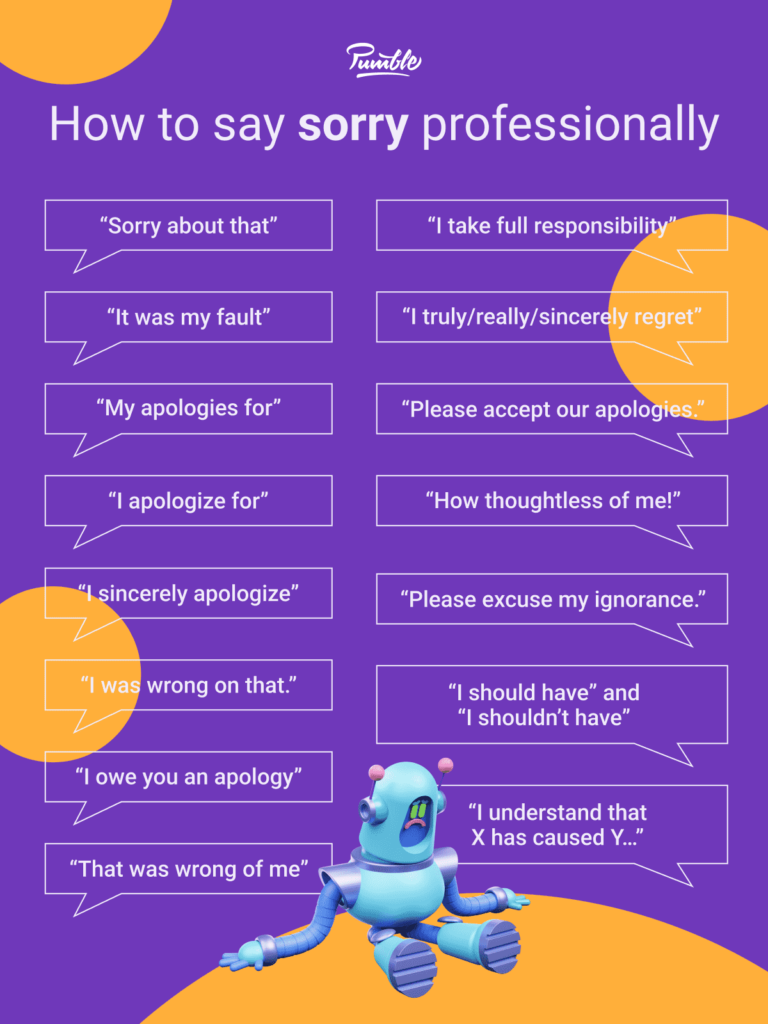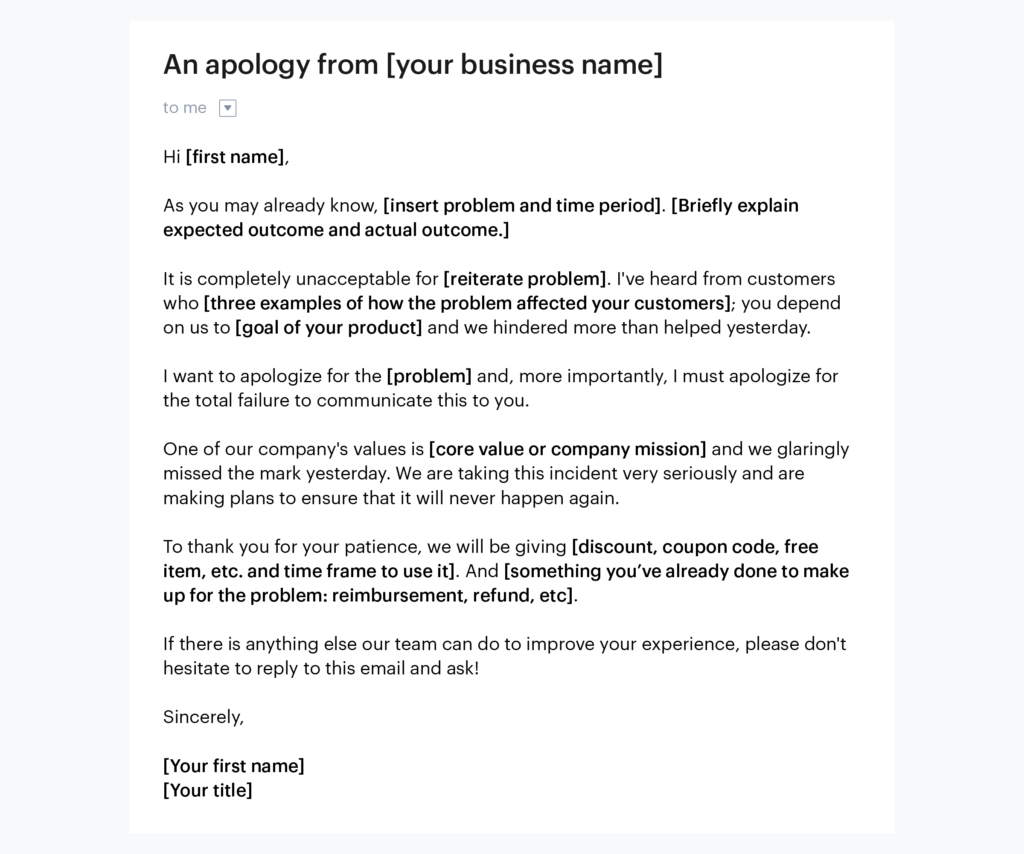How To Apologize To A Customer Without Saying Sorry

Customer service nightmares don't have to end with costly refunds or scathing reviews. Master the art of the non-apology and retain disgruntled clients without uttering the dreaded "sorry."
This article will equip you with actionable strategies to acknowledge customer grievances, offer effective solutions, and rebuild trust, all while carefully sidestepping the potential legal and psychological pitfalls of a direct apology.
Understanding the "Sorry" Dilemma
The word "sorry" can be loaded. It can imply admission of guilt and open the door for legal repercussions, especially in industries like healthcare or finance, according to a 2014 study by the National Institutes of Health.
For example, a hospital might prefer saying, "We are focused on your well-being and are actively reviewing the situation" rather than "We are sorry for the medical error," which suggests liability.
Crafting the Perfect Non-Apology
Acknowledge and Validate
Start by directly acknowledging the customer's feelings and experience. Use phrases like, "I understand your frustration" or "I can see why you're upset."
Demonstrate empathy without accepting blame. For instance, instead of saying "I'm sorry the package was delayed," try "I understand how frustrating it is when a package doesn't arrive on time."
Offer a Solution
Immediately shift the focus to resolving the issue. This shows the customer you're proactive and committed to making things right. Don't dwell on the problem; highlight the solution.
Propose concrete actions like a refund, a replacement, a discount on future purchases, or expedited service. For example, "To compensate for the inconvenience, I've processed a 20% refund and expedited your next order."
Take Responsibility (Indirectly)
Instead of apologizing for the company's mistakes, take ownership of the resolution process. Say something like, "I'm going to personally ensure this gets resolved quickly" or "I'll be your point of contact until this is taken care of."
This demonstrates accountability without assigning blame. It positions you as an ally helping the customer navigate a challenging situation.
Express Gratitude
Thank the customer for bringing the issue to your attention. It shows that you value their feedback and are committed to improving. Acknowledge the customer's effort in highlighting the problem.
Say, "Thank you for bringing this to our attention. Your feedback helps us improve our services." This transforms a negative interaction into an opportunity for growth.
Examples in Action
Scenario: A customer receives a damaged product.
Instead of: "I'm sorry the product arrived damaged."
Try: "I understand your disappointment in receiving a damaged product. I've already arranged for a replacement to be shipped to you immediately. You should receive it within two business days, and I'll send you the tracking information. Thank you for letting us know."
Scenario: A customer experiences a long wait time on the phone.
Instead of: "I'm sorry you had to wait so long."
Try: "I understand your frustration with the long wait time. I'm here now to help you with your issue. To compensate for the delay, I'll waive the service fee for this month."
Legal Considerations
Consult with legal counsel to understand the specific implications of apologies in your industry and jurisdiction. Laws vary significantly, and a poorly worded apology can create legal liabilities, according to a 2011 American Bar Association report.
Implement a consistent training program for customer service representatives, emphasizing the importance of non-apology strategies and empathetic communication. This ensures a uniform and legally sound approach across the board.
Next Steps
Review your company's customer service scripts and training materials to incorporate these non-apology techniques. Monitor customer feedback closely to assess the effectiveness of these strategies.
Continuously adapt your approach based on customer responses and evolving legal standards. Staying proactive and informed is key to managing customer expectations and mitigating potential risks.


















